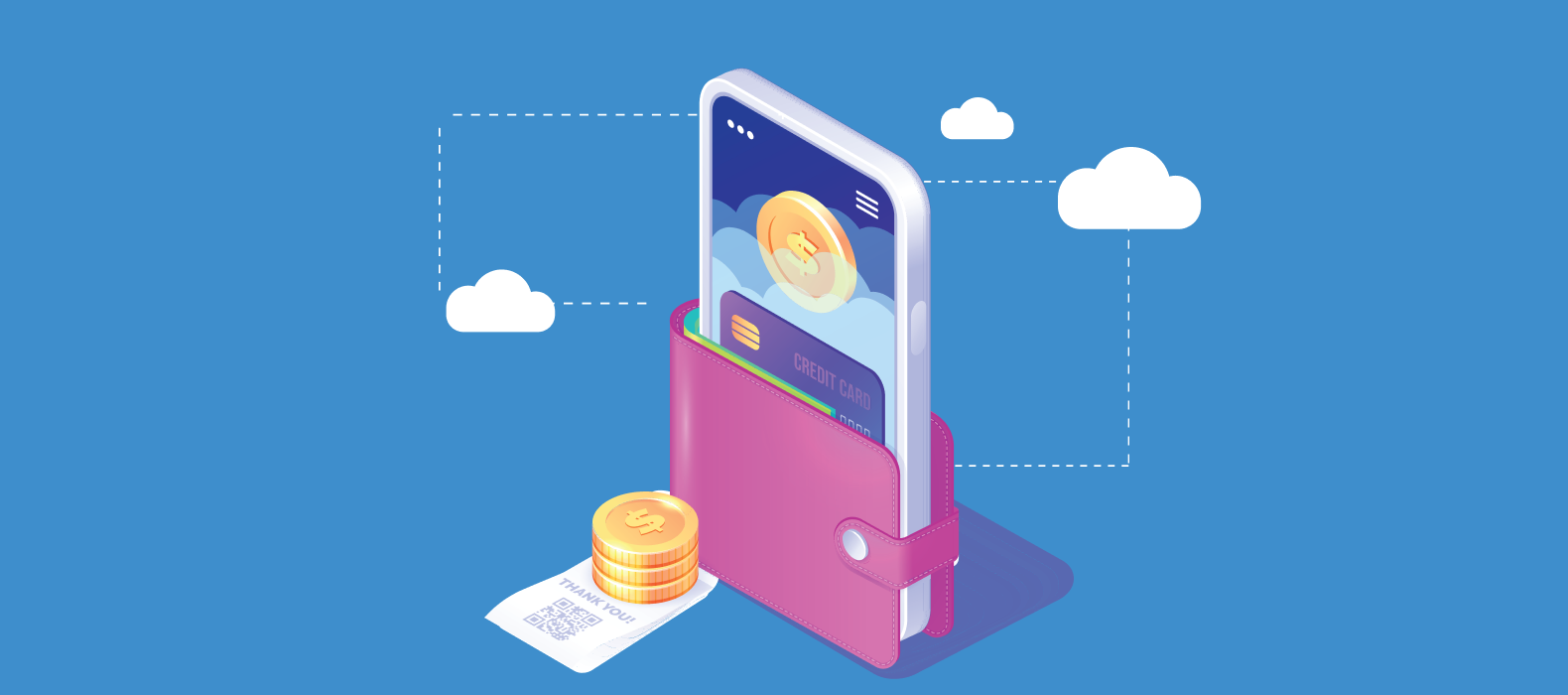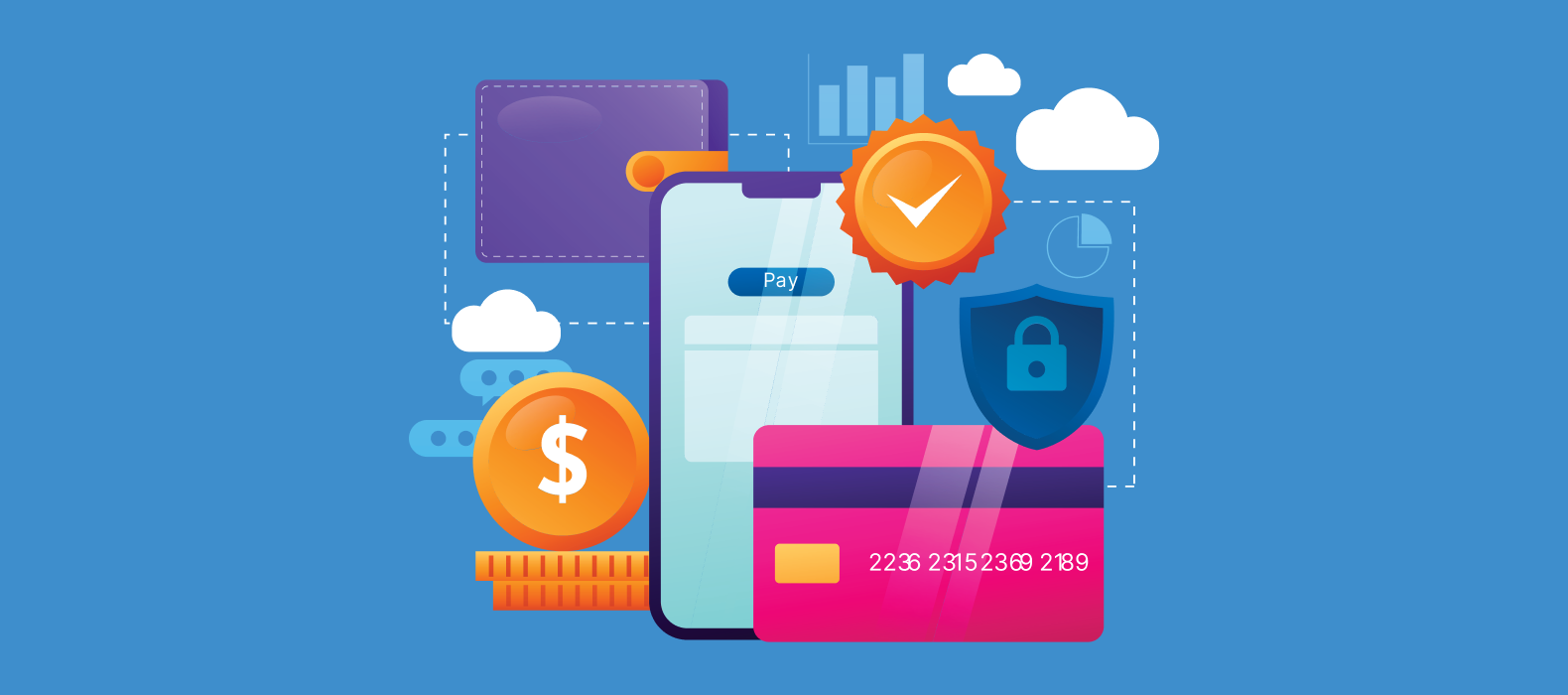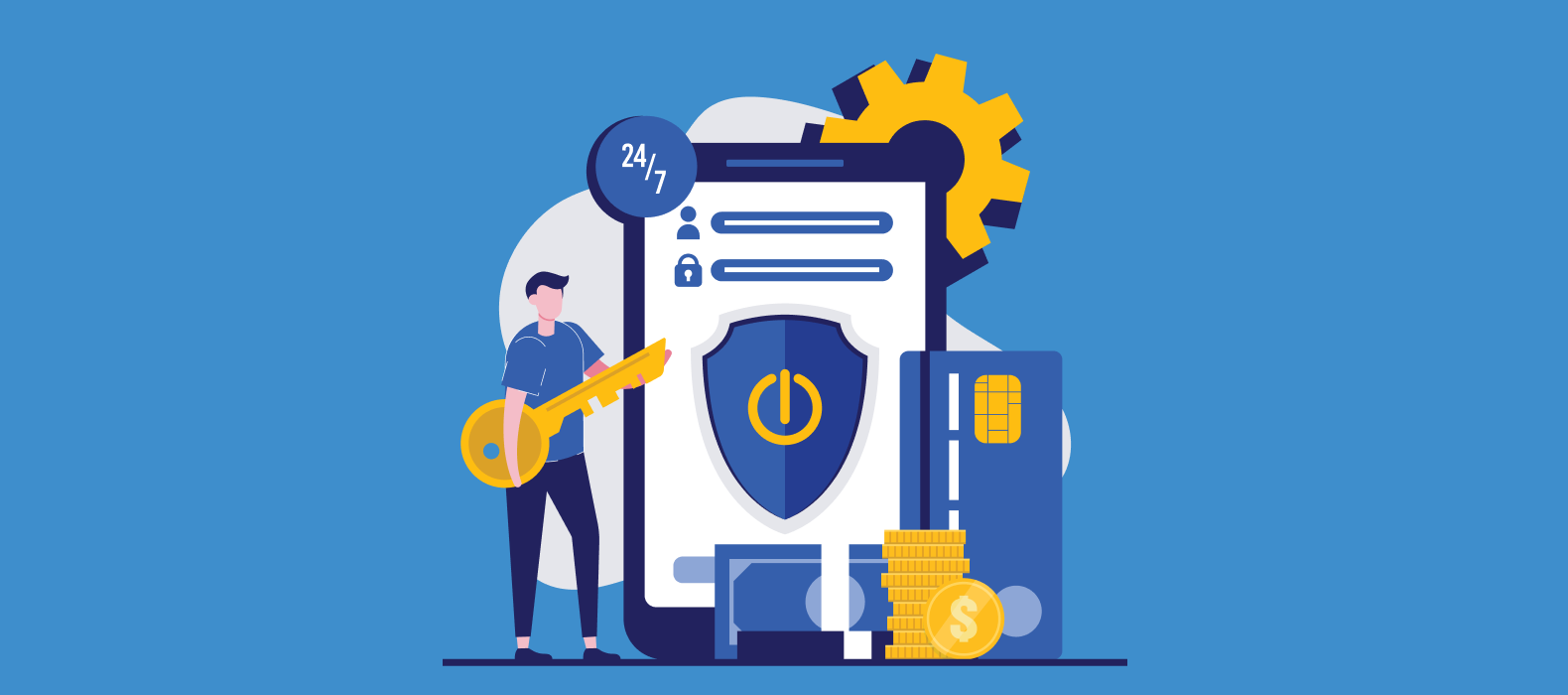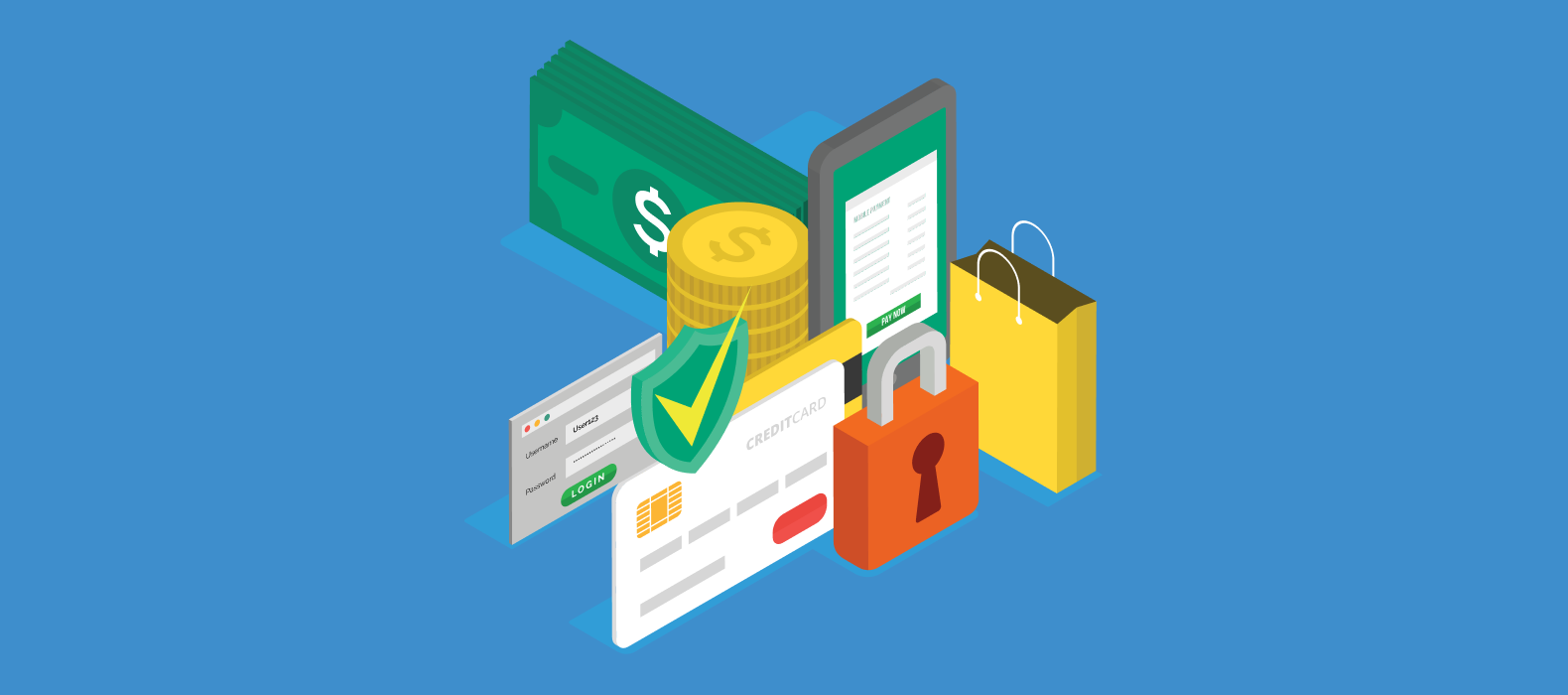What is E-Wallet App Development? Best E-Wallet App Development Cost, Usage in 2023
Are you a founder, a product manager, a FinTech business, or an executive from a financial institution looking to develop an e-wallet application? Well, you are in the right place.
In today’s fast-paced world, people demand quick, accessible, and convenient solutions, especially when it comes to handling their cash.
Digital wallets have transformed the way people manage their money. It enables them to do transactions swiftly and securely without using cash or physical cards.
With the rise of digitalization, so has the demand for digital wallet apps. Although creating digital wallet apps can be lucrative, it also demands careful strategy and execution.
According to GlobeNewswire, the global mobile wallet market is expected to produce $46,006.0 million in revenue by 2028 and increase at an 18.9% CAGR from 2021 to 2028. Therefore, creating a digital wallet software would be the best option for this enormous market.
Hence, let’s go into digital eWallet app development, whether you are a startup, entrepreneur, or business owner trying to extend your offers.
Don’t worry, though! You may find a thorough description of the entire mobile wallet application development process in the following article, from project visualization to app launch and everything in between.
But first, let’s grasp the following before moving on to the development of the eWallet app:
What is E-Wallet App Development?

eWallet app development refers to creating a mobile application that lets users digitally store and manage their payment information. Without using cash or physical credit/debit cards, the app gives customers a safe and practical way to pay bills, transfer money, and manage their finances. These apps use various security features such as password protection, biometric authentication, and data encryption to ensure the safety of users’ financial information.
Creating an eWallet app involves several steps, including creativity, user interface, user experience design, payment gateway API integration, security measures implementation, testing, and publication to app stores.
Many businesses are now opting to develop eWallet apps as a part of their digital transformation strategy, as they offer a convenient and secure payment option for their customers. The eWallet market is growing rapidly and is expected to grow as more people shift towards cashless transactions.
How Much Does E-Wallet App Development Cost?

The e-wallet app development cost ranges from $5,000 to $150,000≈.
The necessary budget depends on various developmental parameters, including the number of integrations, the degree of workflow complexity, and the nature of the development team.
Beyond these e-wallet app developmental aspects, the team’s location affects the cost of developing a digital wallet.
| Location | Cost |
| India | $5000 to $20000 ≈ |
| US | $30000 to $55000 ≈ |
| UK | $50000 to $100000 ≈ |
| Australia | $100000 to $150000 ≈ |
We’ve looked at the most important aspect in e-wallet app development cost. The complexity of the application has a direct correlation with the creation cost.
The e-wallet app development costs depend on various factors, such as the app’s complexity, the features required, the platform on which it is being developed, and the location of the development team. Here are some of the key factors that can impact the e-wallet app development cost:
- Features: The more features the app has, the higher the development cost. Some essential features of digital wallet apps include payment processing, transaction history, security features, and integration with third-party services.
- Design: The design of the app can impact the development cost. A more complex design with custom animations and graphics will require more time and resources, increasing the overall cost.
- Platform: The platform on which the app is being developed can also impact the cost. Developing a digital wallet app for iOS and Android will cost more than developing a single platform.
- Location: The development cost can vary based on the location of the development team. For example, North America and Europe developers typically charge more than those in Asia.
However, it’s important to note that these are rough estimates, and the actual cost can vary significantly based on the project’s specific requirements. To get an accurate estimate of the e-wallet app development cost, it’s best to consult with a reputable app development company and provide them with your specific requirements.
Benefits of E-Wallet App Development

eWallets, also known as digital wallets, are mobile applications that allow users to store their payment card information securely and make transactions conveniently without carrying cash or a physical payment card. In general, eWallet app development offers a variety of benefits for both customers and organizations; here are some of them:
1. Convenience:
Convenience is a significant benefit of eWallet app development. With an eWallet app, users can store their payment information securely and access it quickly and easily from their mobile devices. This means they no longer have to carry cash or multiple cards when they go out. They can make payments, send and receive money, and manage their financial transactions from their mobile devices, making it much more convenient and efficient.
2. Security:
eWallet app development provides security benefits using encryption technology, secure authentication mechanisms, fraud detection systems, and regular security updates. These measures ensure that the user’s sensitive data and financial transactions are protected.
3. Speed:
The speed of eWallet app development translates into faster and more convenient payment transactions for consumers and businesses. This makes eWallets an increasingly attractive option for people looking for a secure and efficient way to manage their finances.
4. Cost savings:
The development of an eWallet app can offer businesses significant savings by streamlining payment processing, reducing fraud and chargebacks, and lowering the cost of cash handling and transportation. With eWallets, customers can pay using their smartphones, eliminating the need for businesses to purchase and maintain expensive hardware.
5. Loyalty rewards:
Loyalty rewards are a valuable benefit of eWallet app development that can help businesses attract and retain customers, increase engagement and usage, and differentiate themselves from competitors. Additionally, many eWallet apps offer loyalty programs and rewards for using their platform, incentivizing users to continue using their service.
6. Increased sales:
eWallets can increase business sales by providing customers with a more convenient and seamless payment experience, leading to higher customer satisfaction and repeat business. In addition, eWallet apps can enable businesses to reach a wider audience by offering a more accessible and convenient payment method. This can attract new customers who prefer using digital payments and lead to increased business sales.
7. Data analytics:
Data analytics is a powerful tool for developing eWallet app, helping developers better understand their users, prevent fraud, and optimize their marketing efforts. By leveraging data analytics, eWallet app developers can create better products and services that meet the needs of their users and drive business success.
Key Considerations for E-Wallet Application Development

Building a successful eWallet application requires careful consideration of security, user experience, compatibility, scalability, localization, analytics, regulatory compliance, and customer support. Here are some key factors to consider for eWallet application development:
1. Security:
Security is the most critical factor to consider in eWallet application development. Ensure that the app complies with security standards and includes features such as data encryption, two-factor authentication, and fraud prevention mechanisms. By prioritizing security in eWallet application development, developers can build trust with users and provide a safe and reliable digital payment system.
2. User Experience:
The app must be user-friendly and easy to use, with a simple registration process and an intuitive interface. It should also support various payment methods like credit cards, bank transfers, and mobile payments. A well-designed and user-friendly eWallet application can improve user engagement, increase retention rates, and ultimately lead to the application’s success.
3. Compatibility:
Ensure that the app is compatible with various mobile devices and operating systems. It should also integrate with different payment gateways and third-party services. It ensures the application works seamlessly across different platforms and devices and provides a smooth user experience. Developers must prioritize compatibility to create a successful eWallet application.
4. Scalability:
Scalability should be a primary consideration for any eWallet app development project. With proper planning and design, developers can create an eWallet application that can handle the traffic and meet the users’ needs. Ensure that the app can scale up to handle increased user traffic and transaction volume as the user base grows.
5. Localization:
Localization is a critical factor in eWallet app development. It can help increase user adoption, improve user experience, and ultimately drive the application’s success in the target market. Depending on the target market, the app should support different languages, currencies, and payment methods.
6. Analytics:
The app should provide data analytics and insights into user behavior and spending patterns, allowing businesses to make informed decisions. Overall, incorporating analytics into eWallet application development is essential for creating a seamless, user-friendly experience and staying competitive in a crowded market.
7. Customer Support:
Provide excellent customer support to help users resolve issues or questions about the app or their transactions. However, customer support is crucial for eWallet application development, and developers should prioritize it to create a positive and reliable user experience.
Best E-Wallet App Development Usage

E-wallet apps can be used for various purposes, including online shopping, peer-to-peer transactions, bill payments, in-store purchases, loyalty programs, travel, and donations. The convenience, security, and speed of e-wallets make them a popular choice for many users. The usage of e-wallet apps varies depending on the user’s needs and preferences. Here are some of the best ways to use e-wallet apps:
1. Online Shopping:
Online shopping is one of the most common and convenient uses of e-wallet apps. With the rise of e-commerce, more and more people are turning to online shopping as a convenient way to purchase products and services. E-wallet apps can make the online shopping experience even more convenient by allowing users to store their payment information securely in the app and make quick and easy transactions. Users can store their payment information in the app to complete transactions with just a few taps.
2. Peer-to-Peer Transactions:
P2P transactions are valuable in eWallet app development, offering users and businesses a fast, convenient, and secure way to transfer funds. By incorporating P2P transactions into their e-wallet apps, developers can create more user-friendly and versatile products and help drive the growth of the e-wallet industry.
3. Bill Payments:
E-wallet apps can be used to pay bills, such as utility, phone, and credit card bills. Users can set up automatic payments or make one-time payments directly from the app. Therefore, an eWallet app development focused on bill payments can provide a convenient, secure, and efficient way for users to manage their bills. With the growing demand for digital payments, e-wallets are becoming an increasingly essential part of our daily lives.
4. In-Store Purchases:
In-store purchases are a popular use case for e-wallet apps, making it a compelling feature to include in e-wallet app development. With an e-wallet app, users can store their payment information, such as credit or debit card details, and use the app to purchase in physical stores. Additionally, many e-wallet apps support NFC-based mobile payments, allowing users to purchase in-store without using a physical payment card.
5. Loyalty Programs:
Loyalty programs can be a highly effective tool for developing e-wallet apps, helping businesses increase engagement, retention, and revenue while improving the overall user experience. E-wallet apps can also store loyalty program information, allowing users to earn and redeem rewards directly from the app.
6. Travel:
E-wallet apps can book and pay for travel-related services like flights, hotels, and rental cars. Travel e-wallet app development has great potential to improve the travel experience for users. With the right features and a user-friendly interface, travel e-wallets can offer travelers a convenient, secure, and personalized way to transact while on the go.
7. Donations:
E-wallet apps can make charitable donations quickly and easily, supporting various causes and organizations. Donations are a powerful tool for both donors and charitable organizations. By making it easy to donate and manage donations, the app helps increase giving and support for important causes worldwide. Whether you’re a donor looking to make a difference or a charity looking to raise funds, Donations are an excellent e-wallet app development usage to consider.
Conclusion
The phrase “cash-in-hand” is losing relevance as payment methods dramatically transition to digital ones. E-wallet applications have transformed the financial and business worlds. In recent years, we have all observed how important e-wallet app development has become in this information age and technology.
We hope this e-wallet app development guide has answered most of your basic questions. At best, the technology shows much promise due to the increasing number of users and developers. Of course, if you want to bring your dream mobile wallet to life, engaging with tried-and-true cryptocurrency wallet development services is preferable.
FAQs
Question 1: What is eWallet App Development?
eWallet App Development refers to creating a mobile application that enables users to store and manage their payment information, including credit card details, bank account information, and loyalty program details. The app allows users to make payments, send and receive money, and manage their financial transactions from their mobile devices.
Question 2: What are the benefits of eWallet App Development?
The benefits of eWallet App Development include increased convenience, security, and accessibility, allowing users to make payments quickly and easily from their mobile devices. It also offers greater flexibility and control over their financial transactions.
Question 3: What are the key factors to consider in eWallet Application Development?
The key factors to consider in eWallet Application Development include security, user experience, compatibility, scalability, localization, analytics, regulatory compliance, and customer support.
Question 4: What are the best ways to use e-wallet apps?
Some of the best ways to use e-wallet apps include online shopping, peer-to-peer transactions, bill payments, in-store purchases, loyalty programs, travel, and donations.
Question 5: What is the cost of developing a digital wallet app?
The e-wallet app development cost varies based on factors such as the app’s complexity, the features required, the platform on which it is being developed, and the location of the development team. The cost can range from $25,000 to $250,000 or more, depending on the project’s specific requirements.
Question 6: What are some of the best eWallet apps currently available?
Some of the best eWallet apps currently available include:
- PayPal
- Google Pay
- Apple Pay
- Samsung Pay
- Paytm
- Alipay
Question 7: How can I get started with eWallet App Development?
To get started with eWallet app development, you will need to:
- Identify your target audience and define your app’s unique selling points
- Choose a development platform (e.g., iOS, Android)
- Hire a team of experienced developers
- Develop a minimum viable product (MVP) to test the market
- Test and refine your app based on user feedback
- Launch and promote your app to your target audience.
Question 8: What are some of the challenges of eWallet App Development?
Some challenges of eWallet app development include:
- Security: eWallet apps must be highly secure to protect user payment card details from fraud and theft.
- Compliance: eWallet apps must comply with various regulations and standards, such as PCI DSS and GDPR.
- User adoption: eWallet apps may face challenges in gaining user adoption, as many people are still used to carrying physical cards and cash.




